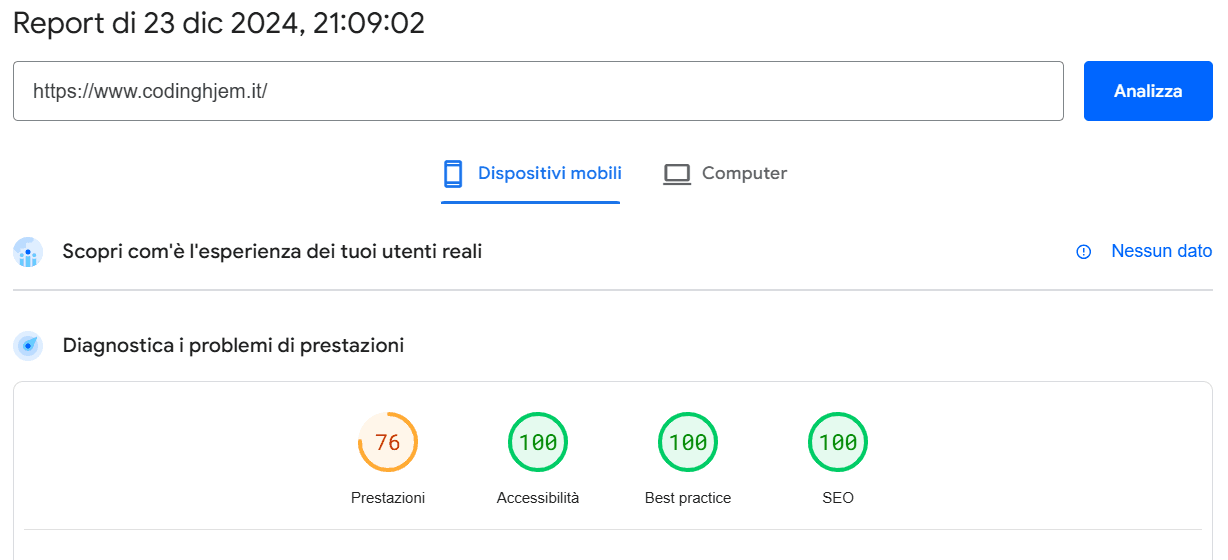
SEO
Reading time: 6 min
SEO, acronym for Search Engine Optimization, is a set of strategies, techniques, and practices aimed at improving a website's ranking on search engines like Google, Bing, and Yahoo. The idea behind SEO is to make the website more easily discoverable and visible to users performing online searches, thereby increasing organic traffic, meaning the number of visitors arriving without paying for advertisements.

How SEO Works
The functioning of SEO is based on complex algorithms used by search engines to determine the relevance of a web page to a search query performed by users. These algorithms evaluate various factors, including:- Keywords: The words or phrases used by users to find information. Researching relevant keywords and strategically placing them within website content is essential for good ranking.
- Quality Content: Search engines reward websites that provide useful, relevant, and well-written content. The content must answer users' questions and provide original and valuable information.
- On-Page Optimization: This refers to technical changes you can make directly to your site's pages, such as optimizing titles, meta descriptions, images, URL structure, and site usability.
- Link Building: External links pointing to your site (backlinks) are a signal of authority and relevance. The higher the quality and quantity of these links, the better your site will rank on search engines.
From Theory to Practice
Coding Hjem was the first project where I applied my SEO knowledge. After studying the best practices and Google's guidelines, I optimized the site for the most relevant keywords and improved the content structure. Within a few weeks, the site started ranking among the top search results for target keywords, increasing organic traffic and online visibility.- PageSpeed Insights: First, after completing the site structure, I checked the performance using PageSpeed Insights and Google Lighthouse (available in developer tools -> Lighthouse). These two tools show the strengths and weaknesses of each page on your site, providing recommendations for improvement. Below is an example of Coding Hjem's homepage performance as of 12/23/2024
- Domain: Next, I purchased a domain online via OVH Cloud, as this can help climb positions in the SERP (Search Engine Results Page), which is the page displaying search results
- On-Page Optimization: Using the <Head> tags provided by NEXT, I added meta tags for each page to communicate the main features to Google
- Sitemap.xml and Robots.txt: With the help of AI, I created the sitemap and robots file, which respectively indicate the site's structure and the permissions assigned to spiders (crawlers) scanning websites
- Performance Monitoring: By registering the domain on Google Search Console, I monitored site performance, such as CTR - Click Through Rate, which corresponds to the percentage of clicks when the site appears in the SERP


Conclusion
SEO is an essential component of any digital marketing strategy. Not only does it help improve search engine rankings, but it also enhances user experience, reduces advertising costs, and builds your business's online reputation. If you haven't started investing in SEO yet, now is the right time to do so and start reaping the long-term benefits.Read also
How Neural Nets Work
@2024 Cattaneo Fabio
